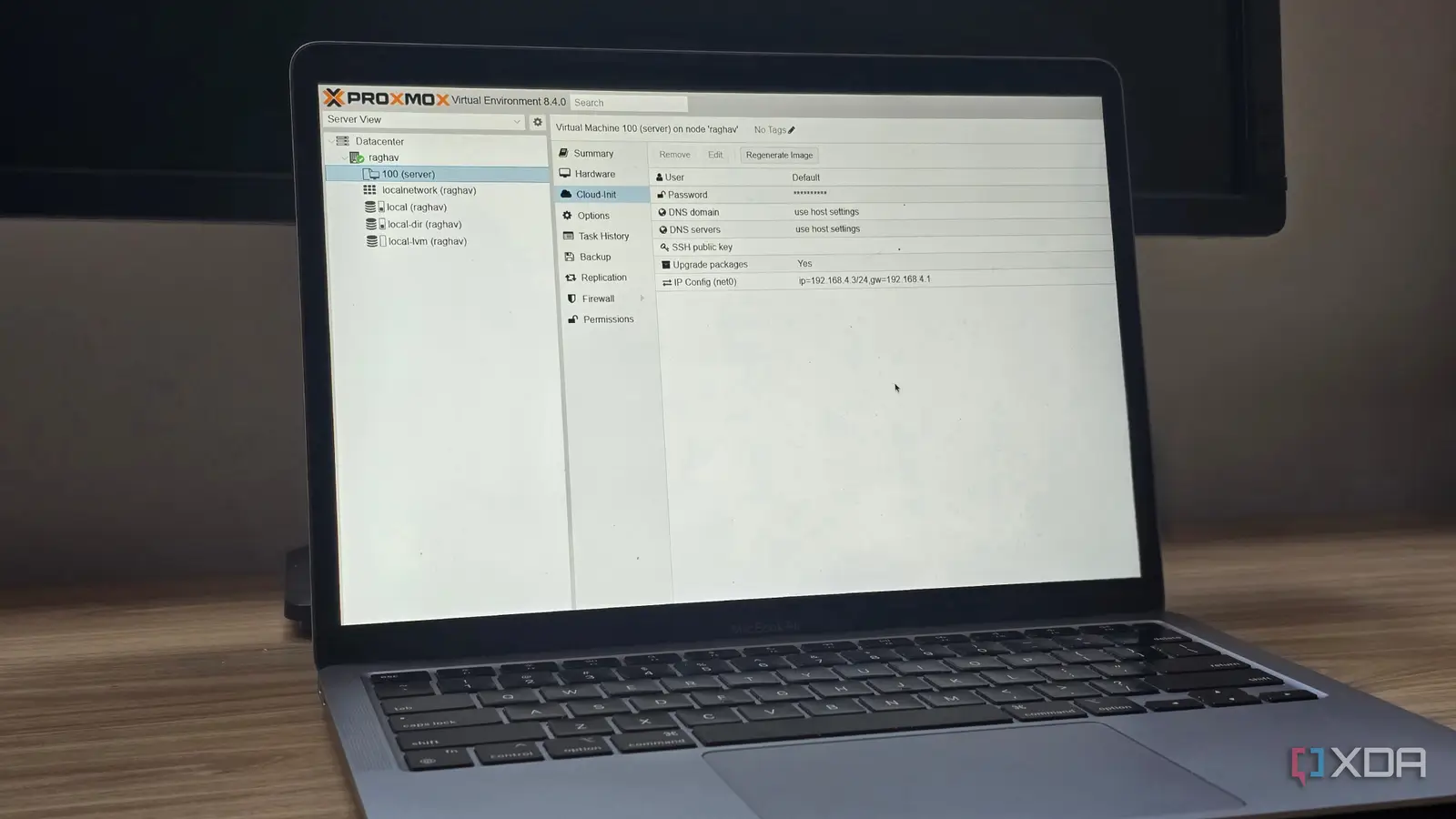
Proxmox is an incredible tool for the home lab, enabling anyone to launch a feature-rich hypervisor for deploying various virtual machines (VMs) and Linux containers (LXCs) within isolated environments. What you may not know about are Proxmox hookscripts. Proxmox allows the creation of hookscripts to automate tasks during the lifecycle of a VM or LXC, effectively allowing you to automate just about anything when a virtualized environment changes state. These hookscripts can be defined and stored within a specific directory and referenced in config files for Proxmox to load.
Harnassing the power of hookscripts
Automating stuff you didn’t know you needed
Proxmox hookscripts are handy for those of us who prefer not to continue running repetitive tasks within virtualized environments, especially those that can be easily automated. Whether it’s to handle backup transfers or check if a VM or container has successfully started, this level of automation is especially valuable when managing environments with hundreds of VMs or containers, where manual oversight is impractical and at the rate of which we’re self-hosting more apps from home, this could prove invaluable.
Hookscripts are incredibly flexible and versatile and can be configured to do everything from simple logging to complex workflows involving external APIs. Proxmox hookscripts can be run before or after a VM or LXC starts/stops, for migrations, reboots, and when snapshots are taken. It’s fairly versatile and can allow for the creation of some unique and useful scripts that automatically execute without human input. For instance, you could easily log virtual machine start and stop events with a quick and dirty hookscript.
Alerts can be sent out should a VM or LXC stop, external tools can be integrated, and automated backup preperations can be handled before creating a snapshot. Here’s a list of all the available hook points:
Using these hook points, it’s possible to compress and encrypt a disk prior to a snapshot being taken, making better use of your backup storage solution. After the backup has completed, a hookscript could automatically transfer the snapshot across. You could have alerts sent out depending on system resource usage and even scan a VM filesystem to check for vulnerabilities before booting up. These are simple yet effective uses of hookscripts to help you get more done without wasting time on mundane tasks.
How to set up a Proxmox hookscript
It’s easier than you think
To help provide a quick insight into how Proxmox hookscripts can work, I’m going to set up a simple script on my Proxmox server that writes a small message to a log file when a virtual machine or Linux container is starting up. Whenever the virtual environment starts up through Proxmox, this log file will have the same message written. It’s an easy script with very basic functionality, but it can serve as a means to understand how easy this is to accomplish. You’ll have more capable hookscripts up and running in no time.
Log in to the Proxmox web GUI.
Click Shell within your Proxmox node.
Create the hookscripts directory, where we’ll store all our scripts:
mkdir /var/lib/vz/snippets
Create a script file within the Proxmox hookscript directory (example-hookscript.pl):
nano /var/lib/vz/snippets/example-hookscript.pl
Enter the following code to write a message to a log file:
#!/usr/bin/perl
use strict;
use warnings;
my $vmid = $ARGV[0]; # Use $ARGV[0] to get the VM/LXC ID from the hook
open(my $log, ‘>>’, ‘/var/log/startup-hook.log’) or die “Could not open log file: $!”;
print $log “$vmid is starting\n”;
close($log);
Save the file.
Create the log file, so it can be written to:
touch /var/log/startup-hook.log
Make the script executable:
chmod +x /var/lib/vz/snippets/example-hookscript.pl
Test the script (replace ID with your VM/LXC):
/var/lib/vz/snippets/example-hookscript.pl ID
Configure the VM or LXC to run the script (replace ID with your VM/LXC):
Start the VM or LXC.
You’ll now be able to fire up the log file (nano /var/log/startup-hook.log) to see the message we added to the hookscript be present. Remember that hookscripts run in the order they’re defined in the VM or LXC configuration file, so if you have more than one listed within the file, be sure to order them accordingly, depending on which you wish to run first. An example hookscript and further documentation can be found at /usr/share/pve-docs/examples/guest-example-hookscript.pl.
I suggest copying this file to your new snippets folder to easily spot how you can use hookscripts with your virtual instances.
Enhancing your Proxmox experience
Proxmox hookscripts are a powerful tool for anyone managing virtualized environments. By automating tasks like logging, backups, and resource management, they can significantly reduce operational overhead and improve reliability. Whether you’re a home lab enthusiast like myself or simply looking at cool new ways to achieve various tasks, taking the time to master hookscripts can result in some handy use cases.



